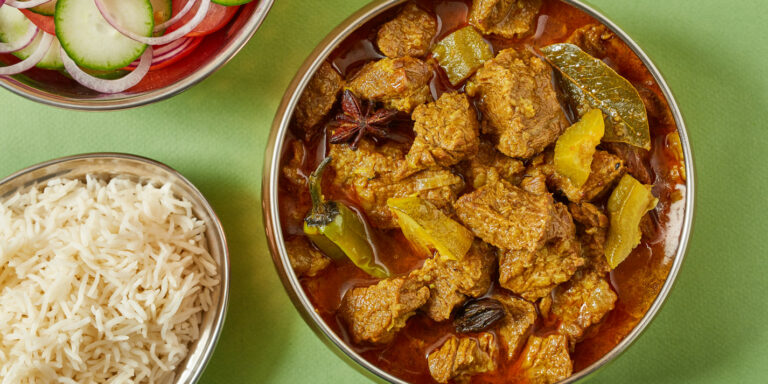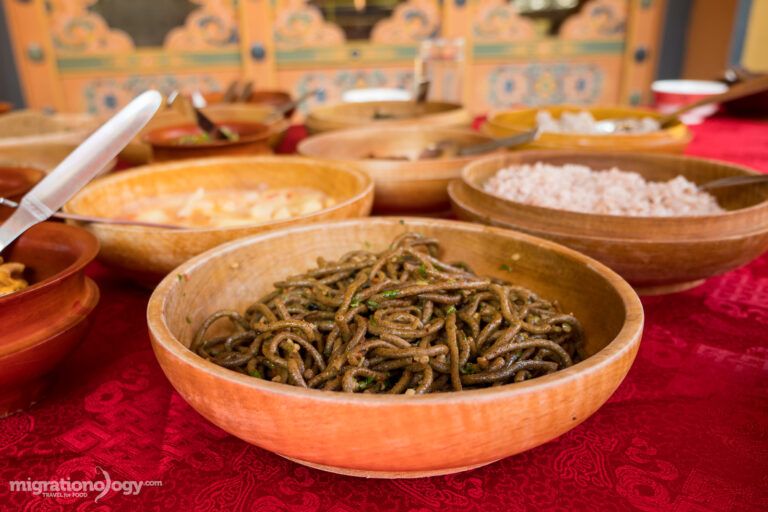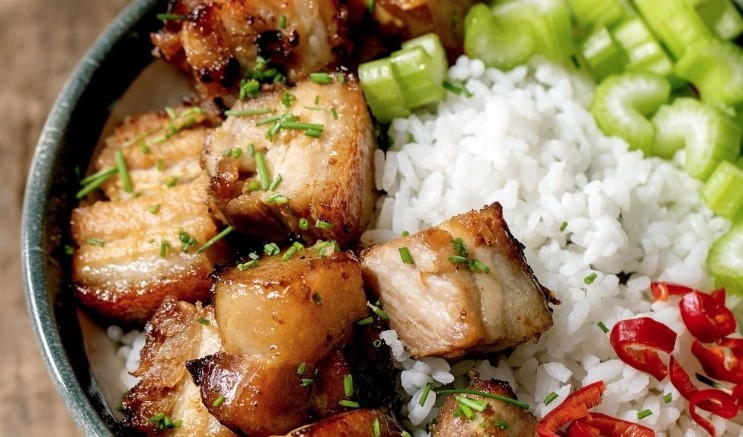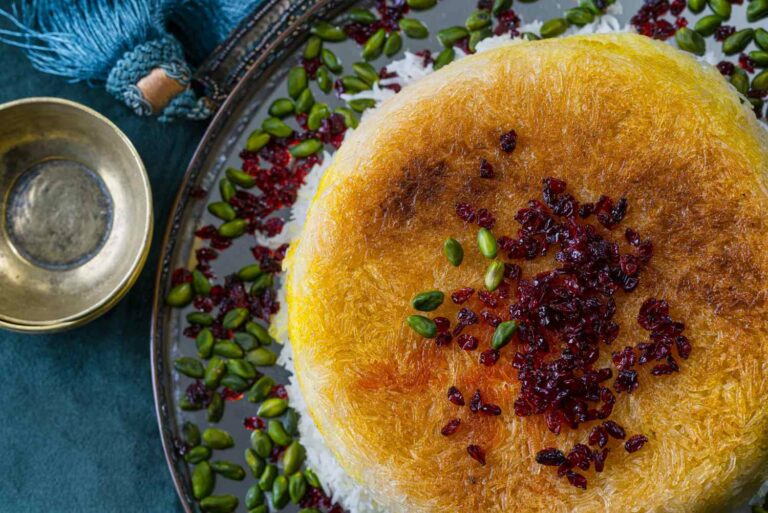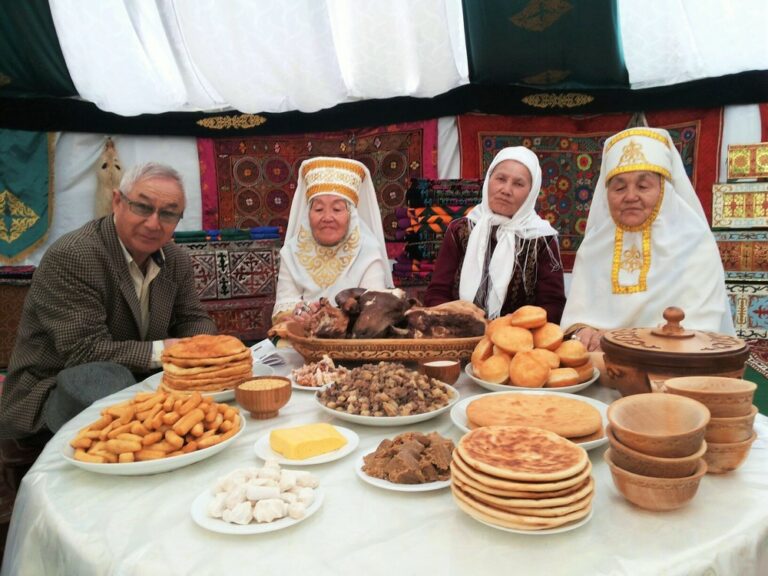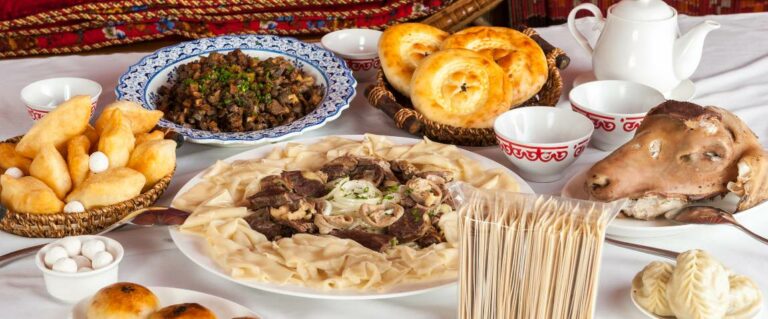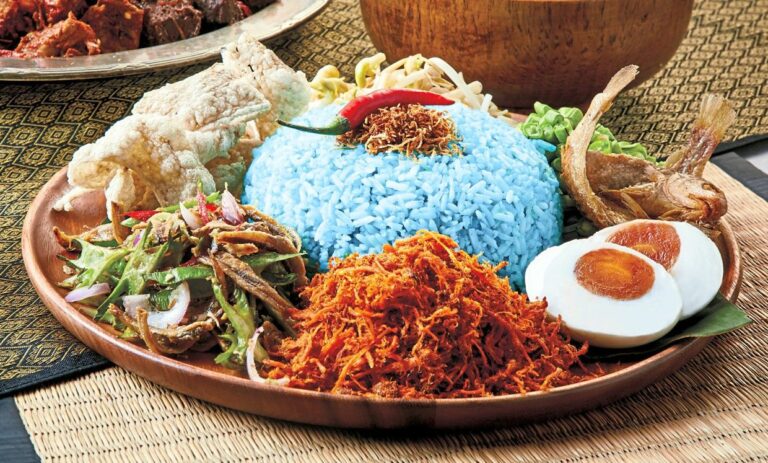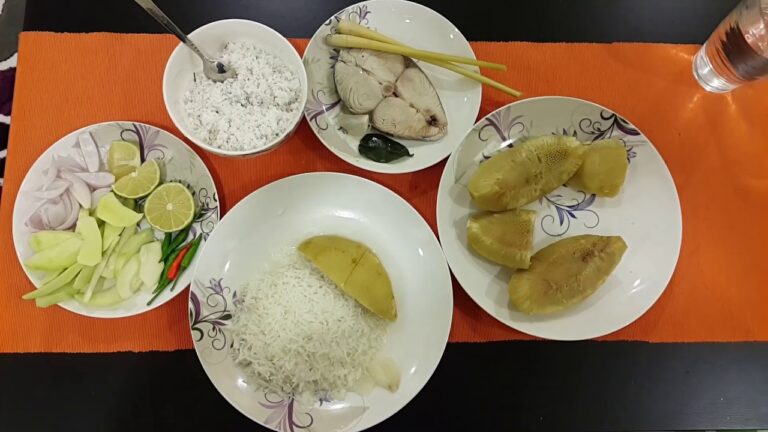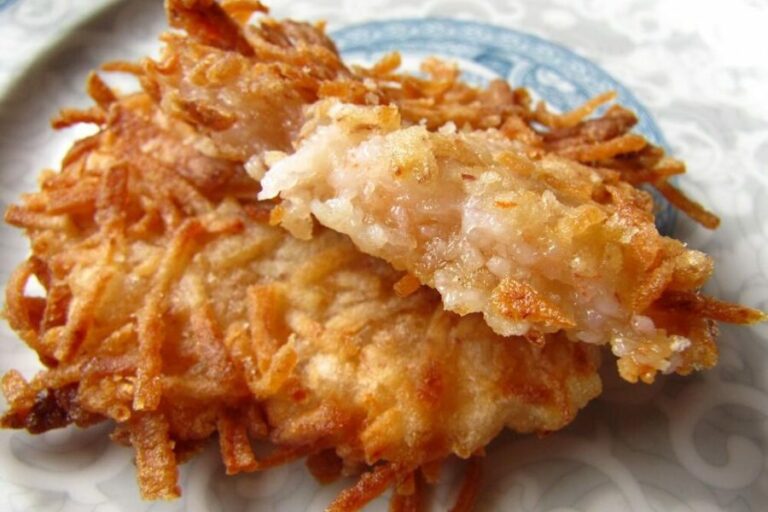Introduction: Understanding Bangladeshi Cuisine
Bangladeshi cuisine is a rich and diverse culinary tradition that draws influences from a variety of sources. Located in South Asia, Bangladesh shares many similarities with its neighboring countries, but its food has a distinct identity that sets it apart. From the vibrant use of spices to the unique cooking techniques, Bangladeshi cuisine is a reflection of the country’s culture, history, and geography.
Influences: What Shapes Bangladeshi Cuisine
Bangladesh’s cuisine has been shaped by a variety of influences over the centuries. One key influence is the country’s location at the crossroads of South Asia, Southeast Asia, and the Middle East. As a result, Bangladeshi cuisine incorporates elements of Indian, Pakistani, Burmese, and Arab cuisines. Another important influence is Bangladesh’s long history as a center of trade and commerce. This has led to the adoption of ingredients and techniques from many different cultures, including Chinese and Portuguese. Finally, the country’s climate and geography have also played a role, with an abundance of fish, rice, and tropical fruits influencing the cuisine.
Ingredients: Key Components of Bangladeshi Cuisine
Rice is the staple food of Bangladesh and is eaten with almost every meal. Other common ingredients include lentils, vegetables, fish, and meat. Spices are a key component of Bangladeshi cuisine, with flavors ranging from sweet to spicy and everything in between. Popular spices include cumin, coriander, turmeric, and chili peppers. Coconut, tamarind, and mustard oil are also commonly used ingredients.
Flavors: How Bangladeshi Cuisine Stands Out
Bangladeshi cuisine is noted for its bold and complex flavors. Dishes often incorporate a mix of sweet, sour, and spicy flavors, making for a unique taste experience. Fish is a particularly important ingredient in Bangladeshi cuisine, and dishes like fish curry are known for their pungent, tangy flavor. Beef and mutton are also popular meats, with dishes like beef bhuna and mutton roast showcasing the country’s love of rich, hearty flavors.
Cooking Techniques: Unique Ways of Preparing Food
Bangladeshi cuisine features a range of cooking techniques that are unique to the region. One signature technique is bhuna, which involves slow-cooking meat in a pan until it is tender and caramelized. Another technique is bhorta, which involves mashing together a mix of ingredients like vegetables or fish with mustard oil, salt, and spices to create a flavorful side dish.
Popular Dishes: Must-Try Bangladeshi Specialties
If you’re looking to explore Bangladeshi cuisine, there are several dishes you should definitely try. One is biryani, a layered rice dish that features meat or vegetables cooked with spices and served with a side of raita. Another is dal, a lentil-based soup that is a staple of the Bangladeshi diet. Also, don’t miss out on the fish curry, which is made with a tangy, tomato-based sauce and a range of spices.
Regional Variations: The Diversity of Bangladeshi Cuisine
While there are many dishes and ingredients that are common across Bangladesh, the cuisine also exhibits significant regional variation. For example, the cuisine of the coastal regions is heavily influenced by seafood, while the cuisine of the northern regions features more meat-based dishes. The cuisine of the Chittagong Hill Tracts, located in the southeastern part of the country, features unique ingredients like bamboo shoots and wild game.
Conclusion: Why Bangladeshi Cuisine is Worth Exploring
Bangladeshi cuisine is a rich and complex culinary tradition that is well worth exploring. Its unique blend of flavors and techniques, as well as its rich history and culture, make it a cuisine that is both fascinating and delicious. Whether you’re a fan of spicy curries, hearty stews, or light and refreshing salads, Bangladeshi cuisine has something to offer every palate. So why not give it a try and see what you’ve been missing out on?

